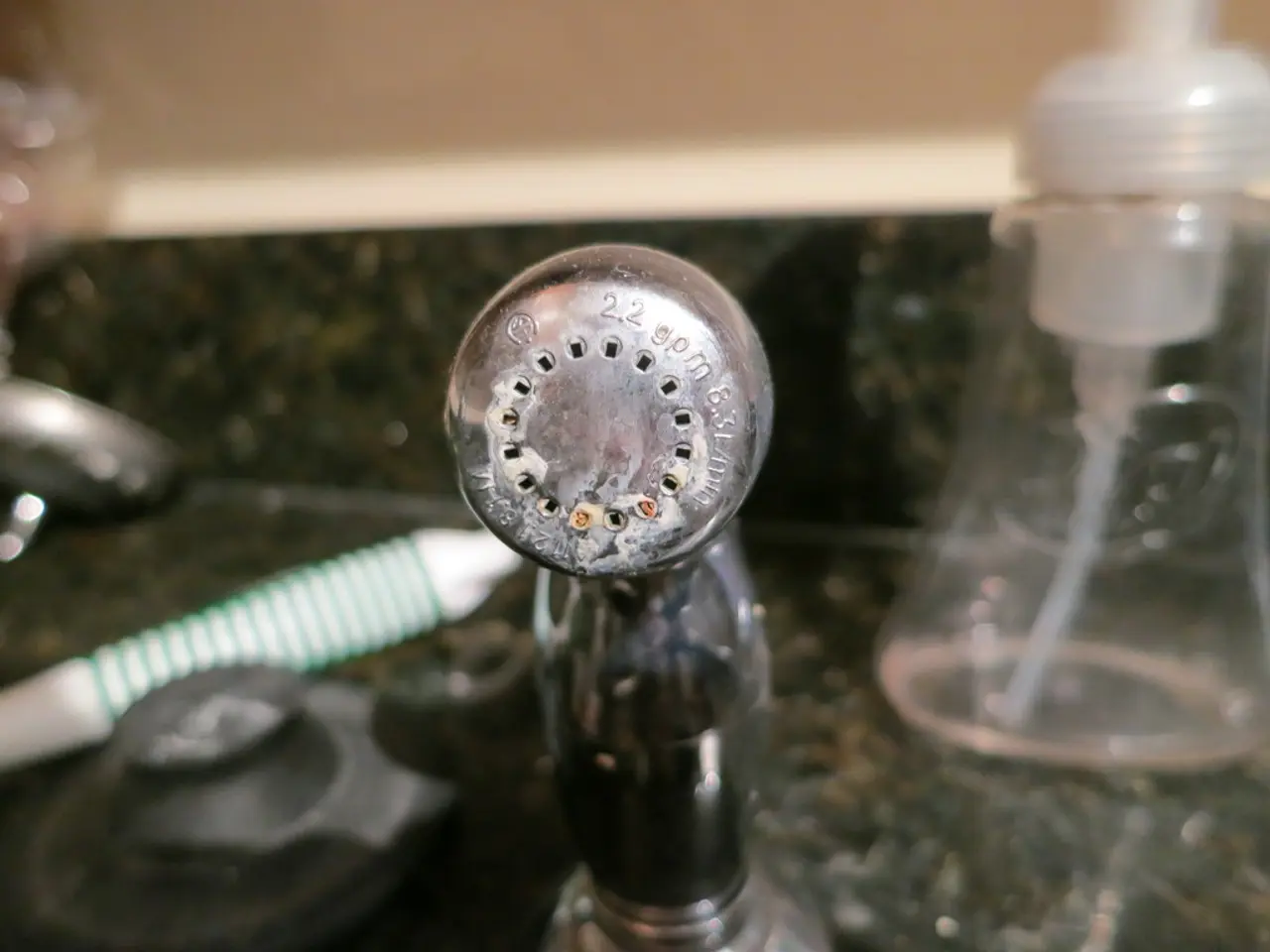Ground source heat pumps offer a potential solution for cooling problems that you might not have considered yet.
In the pursuit of a greener future, homeowners are constantly seeking innovative ways to reduce their carbon footprint and lower energy costs. One such solution is Ground Source Heat Pumps (GSHPs), often referred to as geothermal heat pumps. These systems have proven to be highly effective and eco-friendly for cooling homes during the summer, providing an alternative to traditional air conditioning systems.
### Efficiency for Cooling
The cooling mechanism of GSHPs is based on a process called passive cooling. By tapping into the stable temperature underground, these systems can cool homes efficiently with minimal energy use, primarily just powering a small pump and fan[1]. For warmer days, active cooling is available, where heat is actively absorbed from indoors and transferred into the ground. This active cooling remains much more efficient than conventional air conditioning, which relies on heat exchange with the often hotter outside air[1][4].
### Energy Efficiency and Environmental Impact
GSHPs consume 25% to 50% less electricity than conventional systems, significantly reducing energy consumption[5]. They offer up to 80% energy savings and can reduce carbon emissions by about 67%, compared to gas-based heating and cooling[3]. Since GSHPs transfer heat rather than generate it, they are inherently more energy-efficient and produce fewer greenhouse gases—especially when powered by renewable electricity sources[2][3][4].
Traditional AC units, on the other hand, often consume more electricity and rely on refrigerants that may contribute to global warming.
### Longevity and Costs
GSHPs boast longer lifespans, with underground loops lasting 50+ years, and lower maintenance costs than traditional HVAC systems[4]. Although they have higher upfront installation costs, their operating cost savings and environmental benefits make them a strong long-term investment[4].
### Comparison Table
| Factor | Ground Source Heat Pumps | Traditional Air Conditioning | |----------------------------|--------------------------------------|-----------------------------------| | Cooling Efficiency | High (stable underground temps) | Variable (depends on outdoor air) | | Energy Consumption | 25–50% less electricity | Higher electricity usage | | Carbon Emissions | Up to 67% lower | Higher emissions | | Noise and Aesthetics | Quiet, no bulky outdoor units | Often noisy, external units | | System Longevity | 50+ years for underground loops | Shorter lifespan | | Upfront Cost | Higher | Lower | | Operating Costs | Lower | Higher |
In conclusion, ground source heat pumps provide very effective, quieter, and more environmentally friendly cooling for homes during summer compared to traditional air conditioning systems, with significant energy savings and lower emissions. As we strive towards a sustainable future, GSHPs emerge as an excellent sustainable cooling solution.
[1] David Broom, Kensa, leading heat pump manufacturer, states that passive cooling keeps homes cool with barely any energy use. [2] Ground source heat pumps do not require noisy air-con units. [3] Ground source heat pumps help reduce environmental impact with low-carbon cooling. [4] Ground source heat pumps tap into the stable temperature underground for cooling. [5] Long-term savings on energy bills are possible with ground source heat pumps.
- Homeowners design homes with Ground Source Heat Pumps (GSHPs) in mind, recognizing their efficiency in cooling during summer.
- The science behind GSHPs lies in passive cooling, leveraging the stable temperature underground for efficient cooling.
- For warmer days, contracts with home improvement contractors may include provisions for active cooling, where indoor heat is transferred into the ground.
- In the home and garden industry, GSHPs are increasingly being recognized as a greener alternative to traditional air conditioning systems.
- With costs that initially appear higher, the finance sector encourages homeowners to view GSHPs as a long-term investment due to lower operating costs.
- Renewable energy movements and the environmental science community advocate for the widespread adoption of GSHPs to combat climate-change.
- The fashion-and-beauty and lifestyle sectors are incorporating sustainable home design ideas, such as incorporating GSHPs into their discussions about sustainable living.
- As part of a comprehensive home insulation plan, roof, door, and window designs may be adjusted to optimize the performance of GSHPs.
- In line with sustainable heating solutions, GSHPs can be powered by renewable energy sources like solar panels or wind turbines, further reducing their carbon footprint.
- Due to their eco-friendliness and energy savings, the use of GSHPs in new homes is expected to become a trend in the manufacturing and construction industries.
- Their minimal energy use, long lifespans, and environmental benefits make Ground Source Heat Pumps a viable and attractive solution for homeowners looking to reduce their carbon footprint and cut costs.
- As part of the wider push towards a greener lifestyle, homeowners are embracing technologies like GSHPs as a means to play their part in addressing climate-change and promoting a sustainable future.




